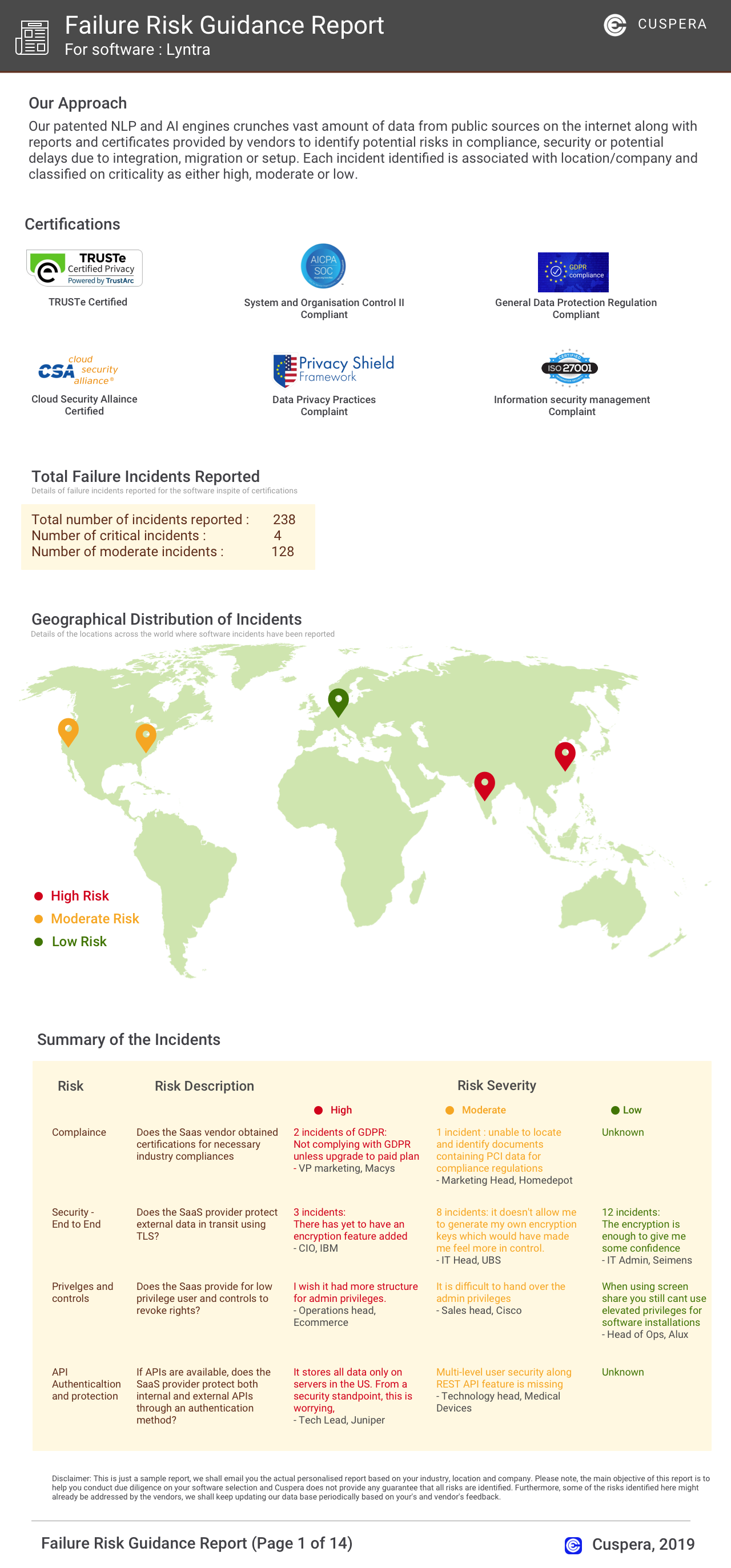InfiniGrow Overview
InfiniGrow transforms how marketers interact with their data, moving beyond static dashboards to real-time insights and analytics. By enabling marketers to explore data dynamically, InfiniGrow provides clear answers to critical questions about revenue attribution and ROI. This platform addresses common challenges such as data trust issues and the difficulty in finding actionable insights. InfiniGrow’s AI-driven analytics and “What If?” simulations empower marketing teams to make informed decisions quickly. Global B2B marketing teams leverage InfiniGrow for its flexible integrations and enterprise-grade security, ensuring scalable solutions that are implemented in weeks.
Use Cases
Customers recommend Account Management, Forecasting, Channel Marketing, as the business use cases that they have been most satisfied with while using InfiniGrow.
Business Priorities
Improve ROI and Grow Market Share are the most popular business priorities that customers and associates have achieved using InfiniGrow.
InfiniGrow Use-Cases and Business Priorities: Customer Satisfaction Data
InfiniGrow works with different mediums / channels such as Social Media. LinkedIn. and Website.
InfiniGrow's features include Dashboard. and InfiniGrow support capabilities include AI Powered, 24/7 Support, Email Support, etc. also InfiniGrow analytics capabilities include Analytics, and Custom Reports.
Reviews
"...Data-driven marketers, B2B, SaaS. InfiniGrow is an AI-powered marketing planning and analytics platform that enables marketing teams to optimally allocate their budget across all marketing channels, according to the most relevant and updated data, at any given moment...." Peer review from InfiniGrow
InfiniGrow is an AI-driven marketing planning and optimization platform for B2B SaaS marketers, centralizing data and providing real-time visibility into marketing plans and performance. It integrates with major marketing applications and offers advanced multi-touch attribution analysis to optimize budget allocation.
InfiniGrow Customer wins, Customer success stories, Case studies
Why is InfiniGrow the best choice for Account Management?
How does InfiniGrow address your Forecasting Challenges?
What Are the key features of InfiniGrow for Channel Marketing?
How does InfiniGrow facilitate Content Management?
What makes InfiniGrow ideal for Campaign Management?
InfiniGrow Features
- Low
- Medium
- High
| FEATURE | RATINGS AND REVIEWS |
|---|---|
| AI Powered | Read Reviews (20) |
| Analytics | Read Reviews (13) |
| Custom Reports | Read Reviews (10) |
| CAPABILITIES | RATINGS AND REVIEWS |
|---|---|
| AI Powered | Read Reviews (20) |
| Analytics | Read Reviews (13) |
| Custom Reports | Read Reviews (10) |
Software Failure Risk Guidance
?for InfiniGrow
Top Failure Risks for InfiniGrow
Infinigrow Ltd. Profile
Company Name
Infinigrow Ltd.
Company Website
https://infinigrow.com/HQ Location
8 Rothschild Boulevard, Tel Aviv, Israel 61290, IL
Employees
1-10
Social
Financials
SEED




